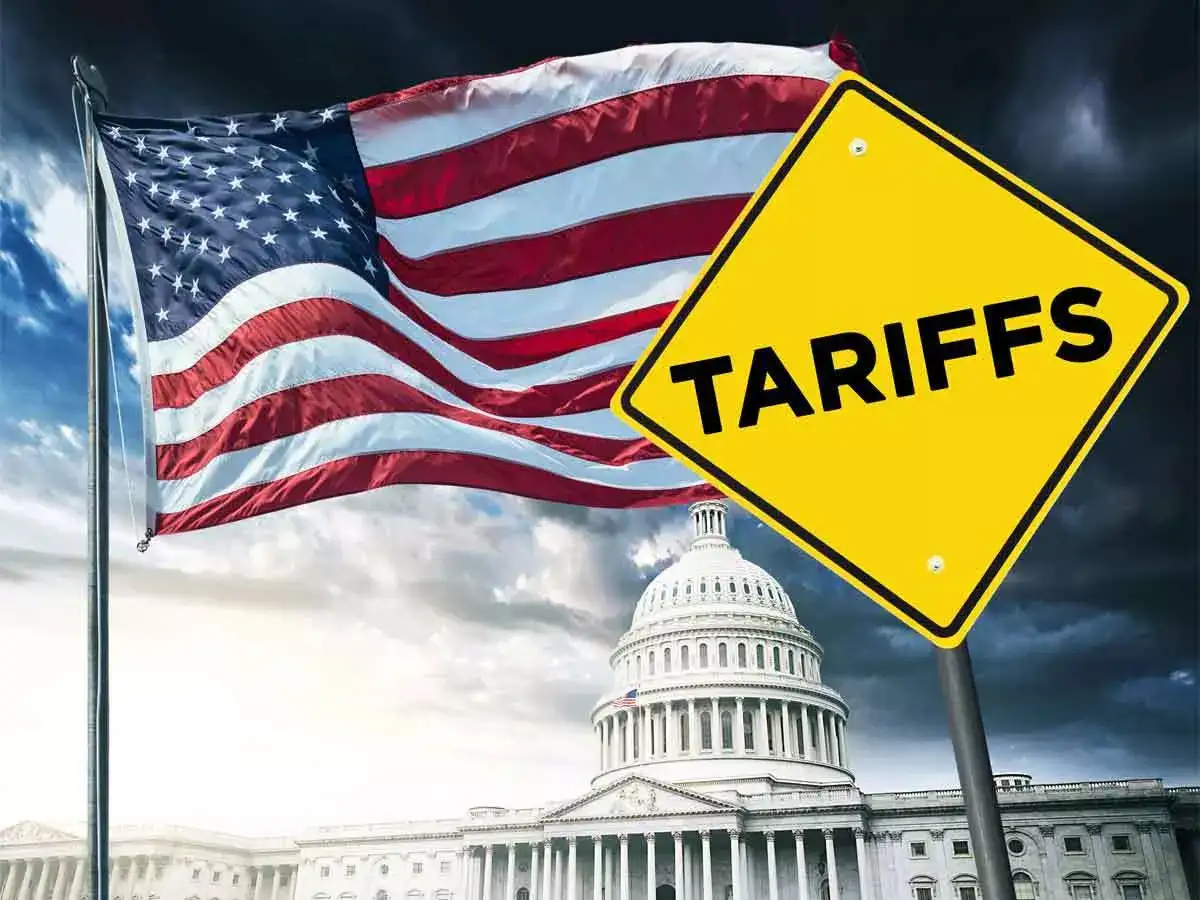The Indian stock market is witnessing one of the heaviest rounds of selling by foreign portfolio investors this year. In August alone, foreign investors withdrew ₹37,823 crore, making it the third largest monthly outflow of 2025. This adds to the already significant withdrawals earlier in January and February, when they pulled out ₹72,677 crore and ₹46,599 crore respectively. Taken together, foreign portfolio investors have sold more than ₹1.34 lakh crore worth of Indian equities so far this year.

The reasons for this sustained exit are tied closely to both global and local dynamics. On the global front, the United States has raised tariffs, and with higher dollar returns available, many foreign investors are booking profits in India and diverting capital to markets like China and South Korea, where valuations remain cheaper. At the same time, high stock valuations in India coupled with weaker than expected corporate earnings have made investors cautious. According to fund managers, this combination has prompted many funds to sit on cash while waiting for more attractive entry points.
One of the striking features of this sell-off is that even India-focused funds, which typically show resilience, have joined in. Data shows that outflows from India-dedicated funds have continued for five straight weeks. Exchange traded funds have led much of this exodus, though there was a small silver lining when long-only funds registered modest inflows for the first time in nearly two months, aided by global funds such as HSBC Global Investment Funds and Ashoka WhiteOak ESG Funds.

The redirection of nearly 1.9 billion dollars since July toward other Asian markets underscores how global capital is seeking newer opportunities. However, analysts note that these phases of heavy redemption are not unusual in emerging markets and often coincide with shifts in global risk appetite. For instance, previous periods of outflow in global bond and equity funds in late 2024 and earlier this year also coincided with corrections across several emerging markets.
Despite this pressure, the Indian market has shown remarkable resilience, largely due to the unwavering support of domestic institutional investors. Mutual funds, insurance companies, and pension funds have absorbed much of the selling by foreign investors. Retail investors too continue to pump money into systematic investment plans, providing a steady flow of funds. This domestic participation has been crucial in preventing sharper corrections and has kept the broader market sentiment positive.
The benchmark indices reflected this strength as the Bombay Stock Exchange Sensex closed over 550 points higher at 80,364, and the National Stock Exchange Nifty ended the day at 24,625, gaining nearly 200 points. Auto stocks were the standout performers, with the Nifty Auto index surging three percent in a single session.

Macroeconomic indicators are also lending support to investor confidence. India’s GDP for the first quarter grew at 7.8 percent, the strongest in five quarters, while manufacturing activity in August reached a seventeen-year high. These figures highlight the robust domestic growth momentum, which many analysts believe will continue to act as a safety net against foreign volatility.
Market experts stress that while foreign investors may continue to remain cautious in the near term due to global uncertainties, the long-term story for India remains intact. With a strong consumption base, ongoing infrastructure push, and steady inflows from domestic investors, India continues to present an attractive investment case. The expectation is that once global headwinds ease and valuations stabilise, foreign portfolio investors are likely to return in greater strength.
For now, the near-term may see some continued pressure as investors keep an eye on global developments, particularly the trajectory of United States monetary policy and trade relations. Yet, the confidence displayed by domestic investors underscores a growing shift in the Indian market, where reliance on foreign flows is gradually being replaced by the steady backing of homegrown capital.
Follow You Finance on Instagram and Facebook for more insights into markets, investments, and the forces shaping your money.















